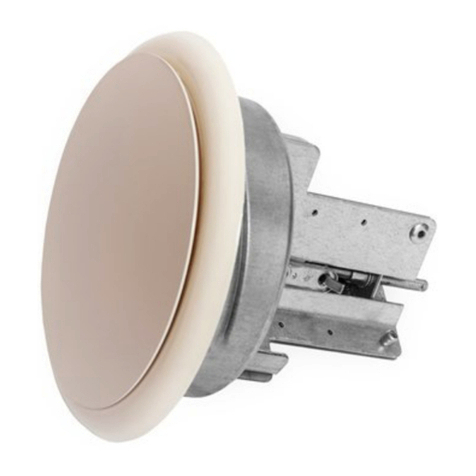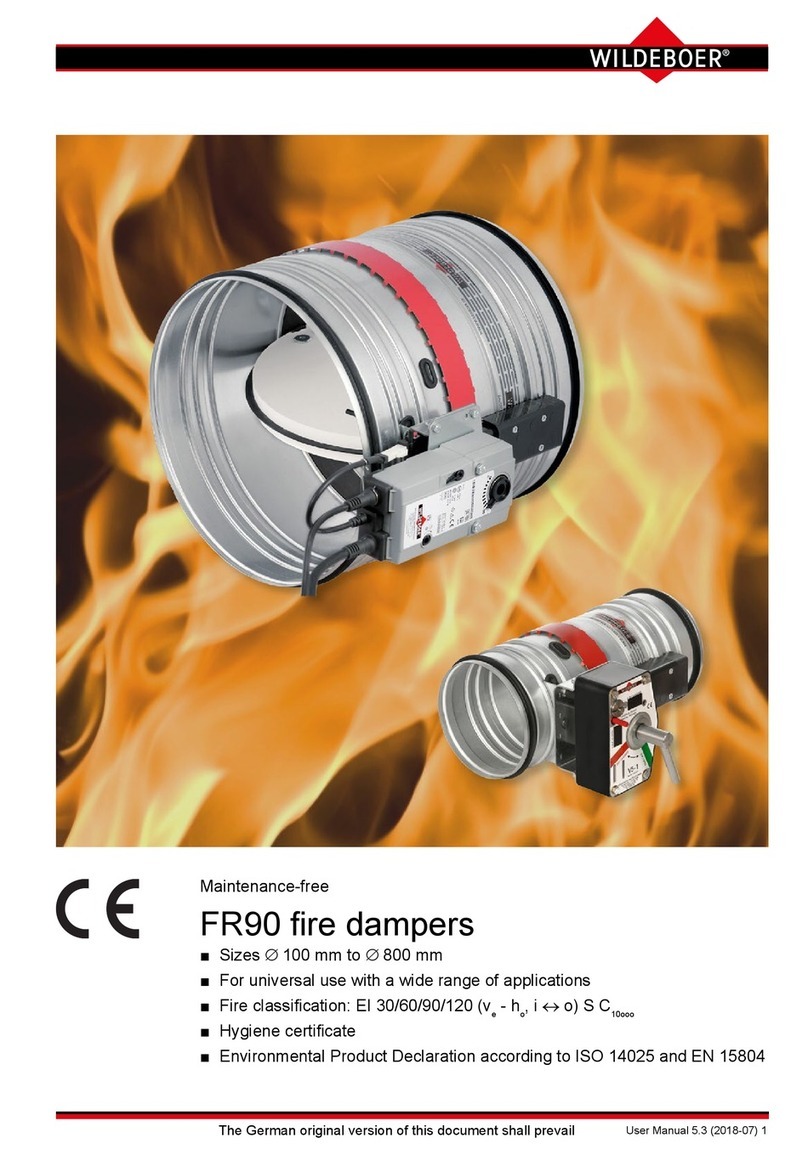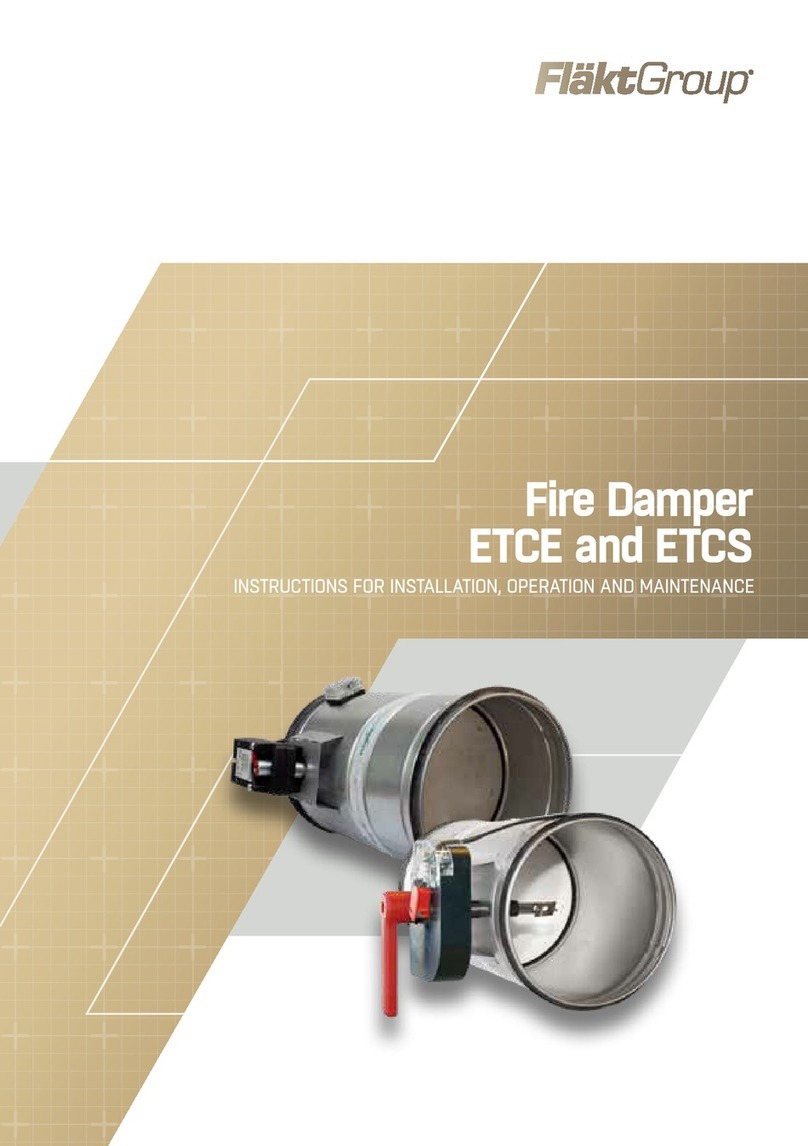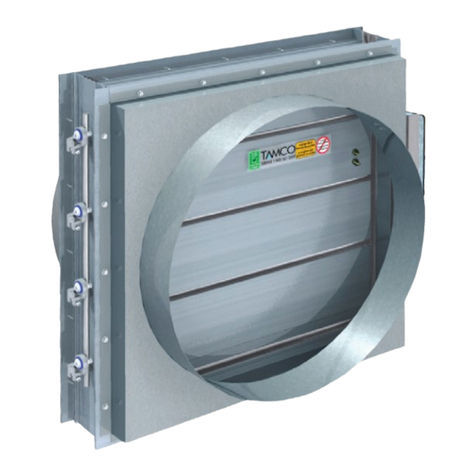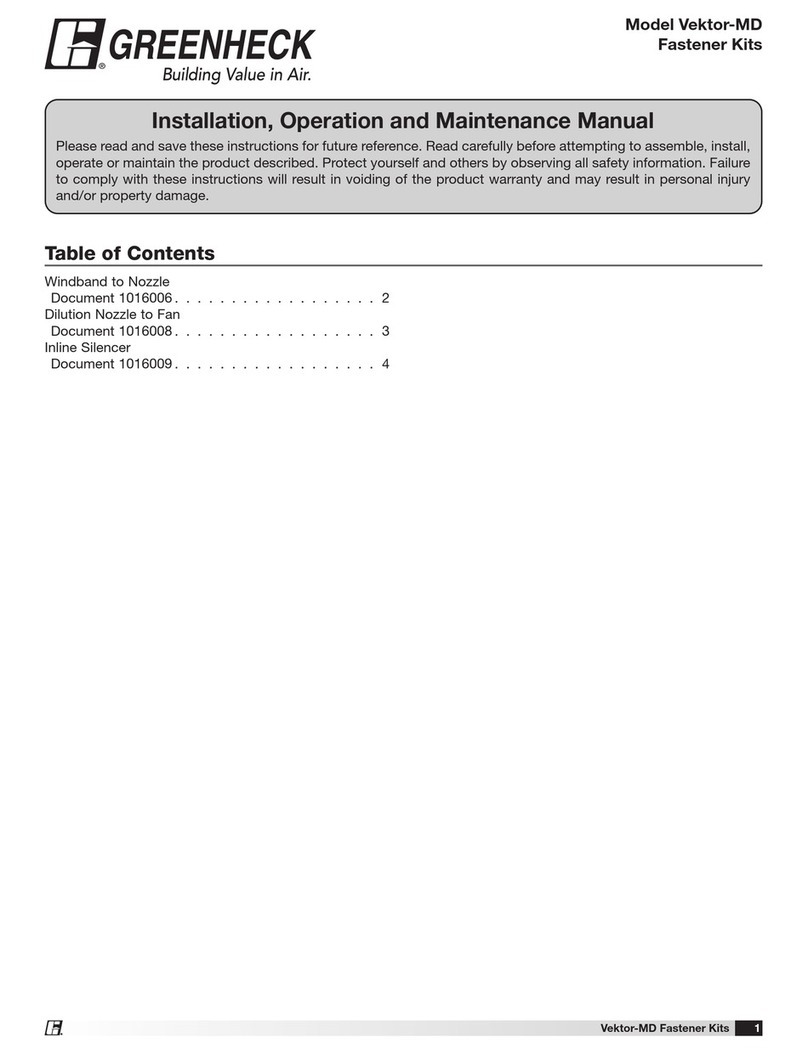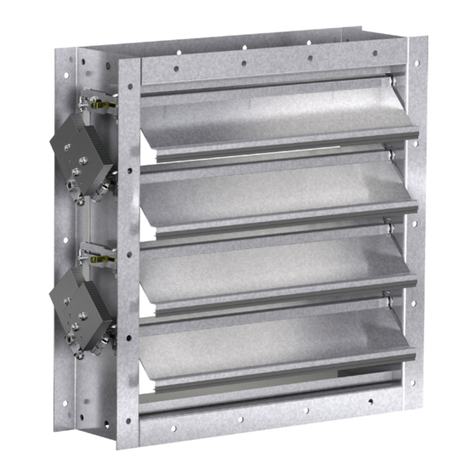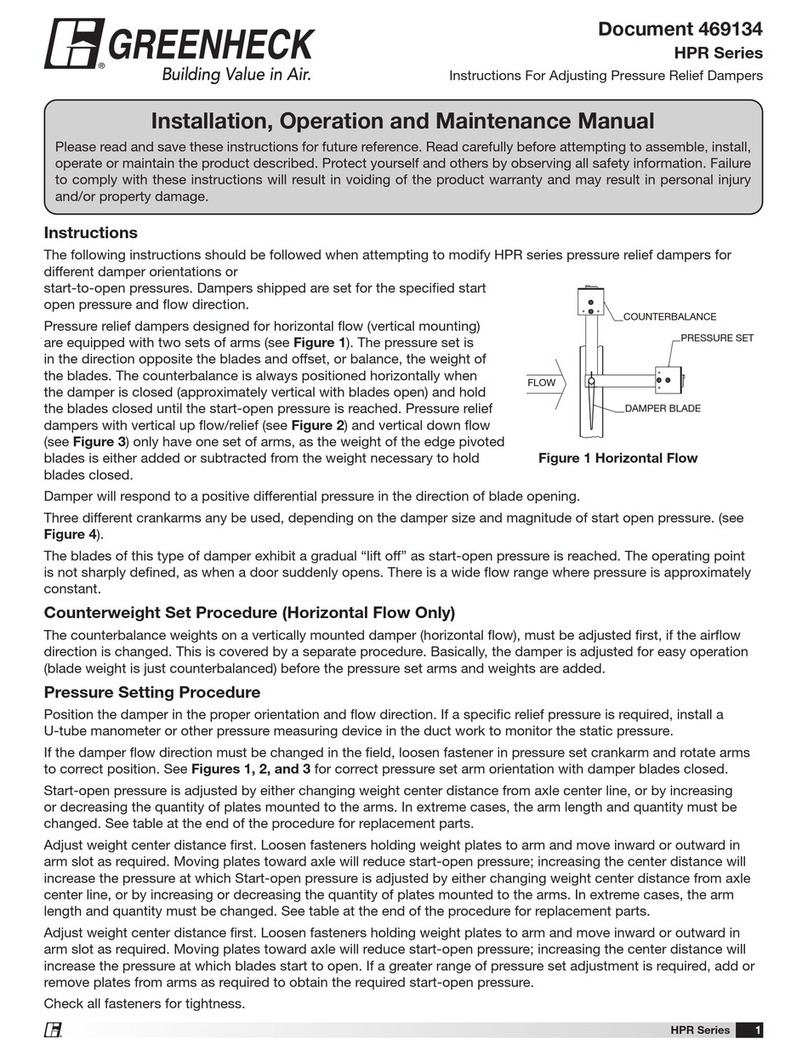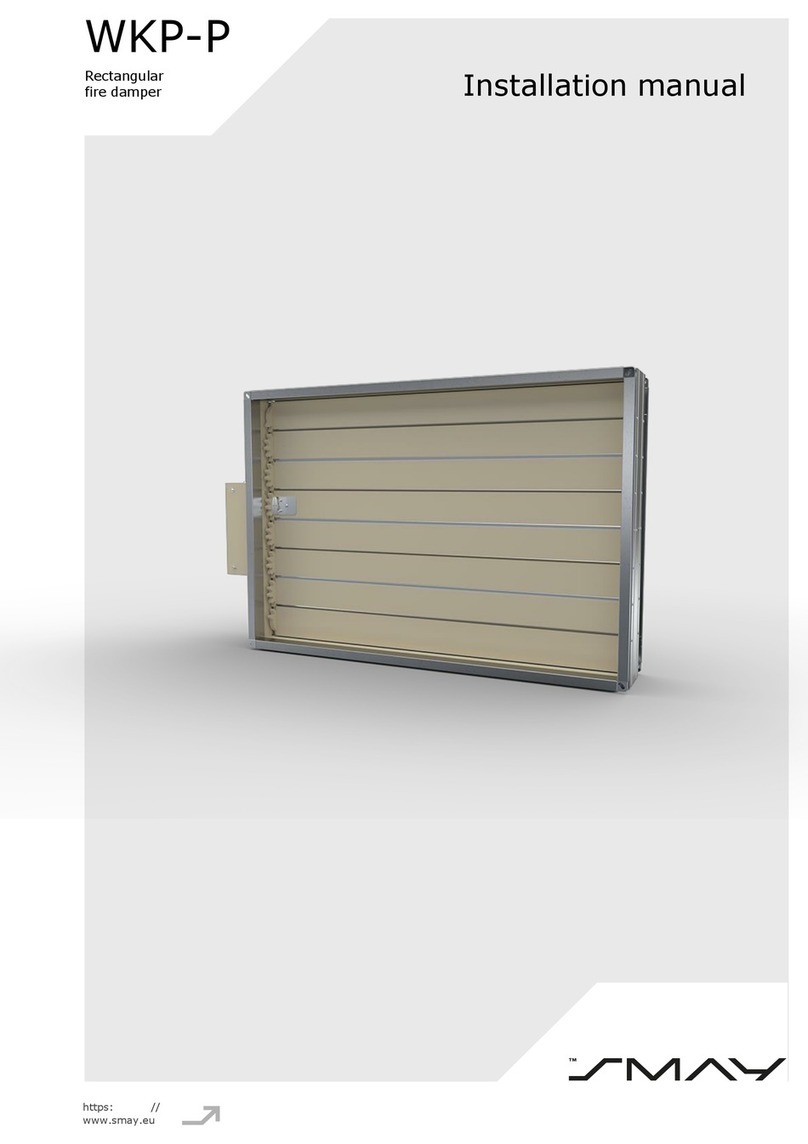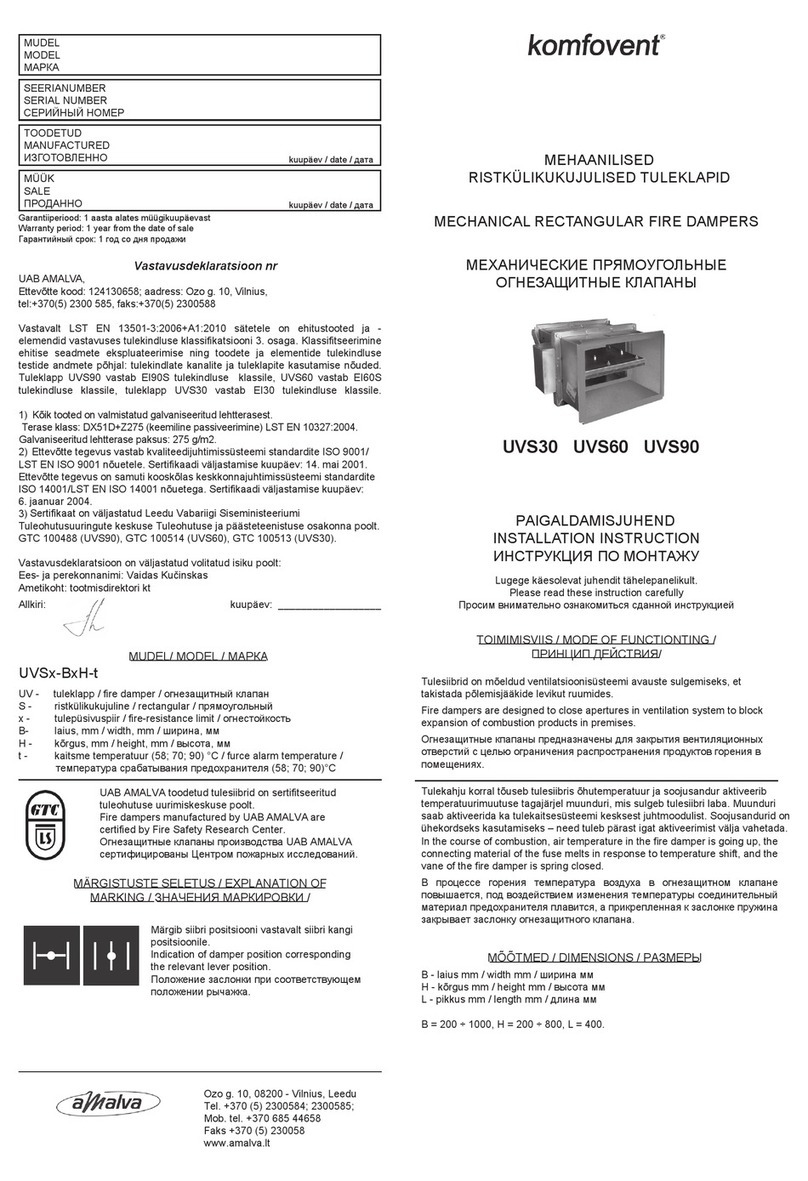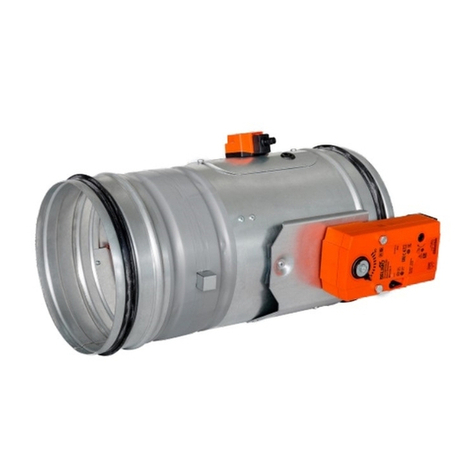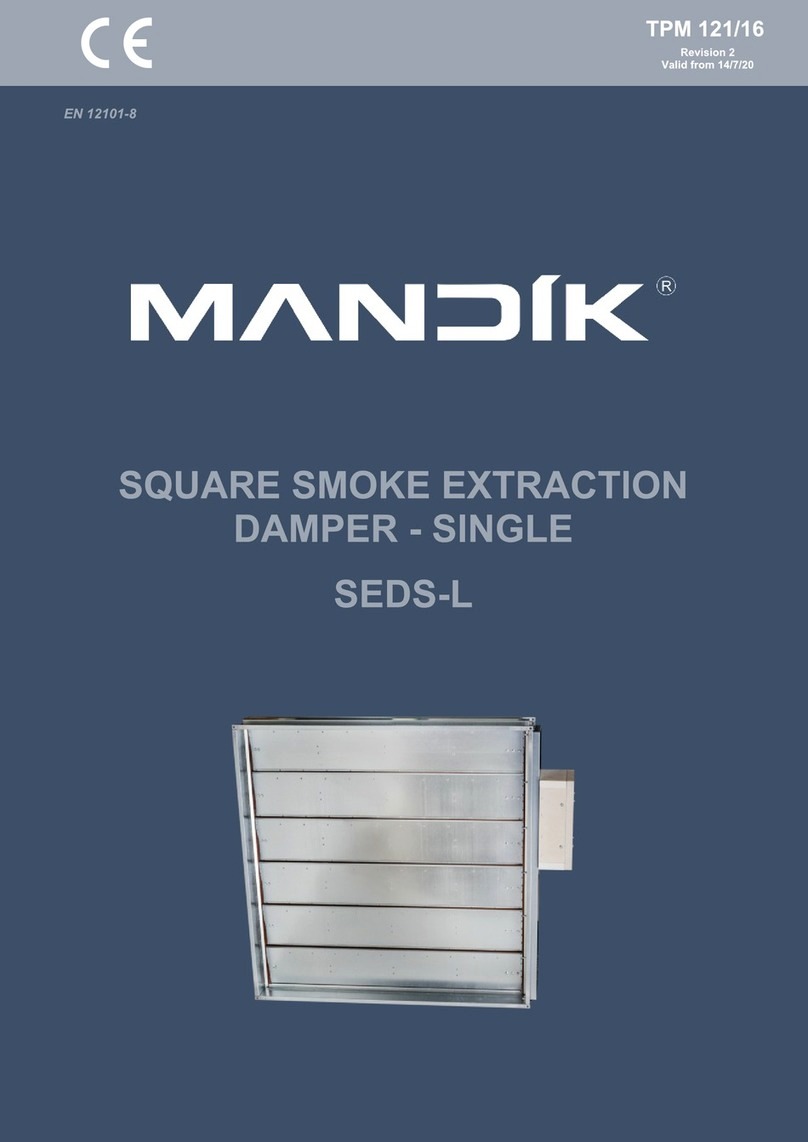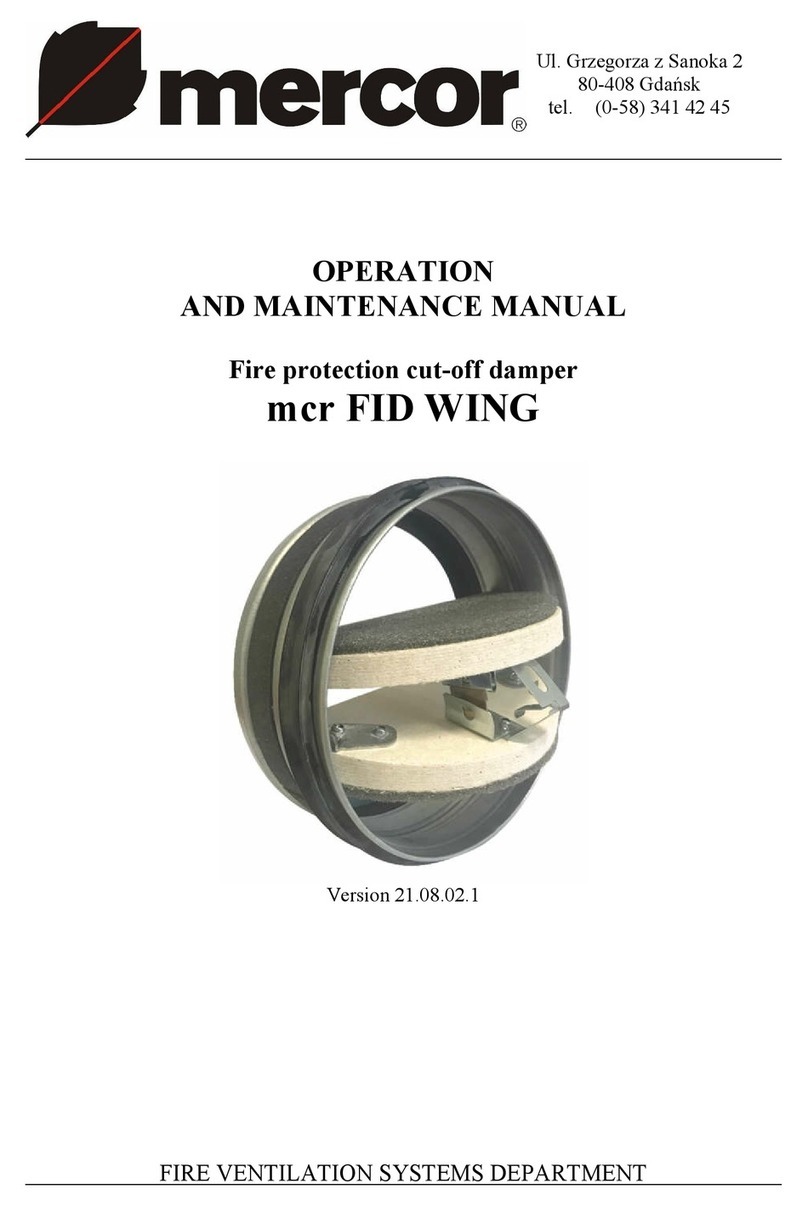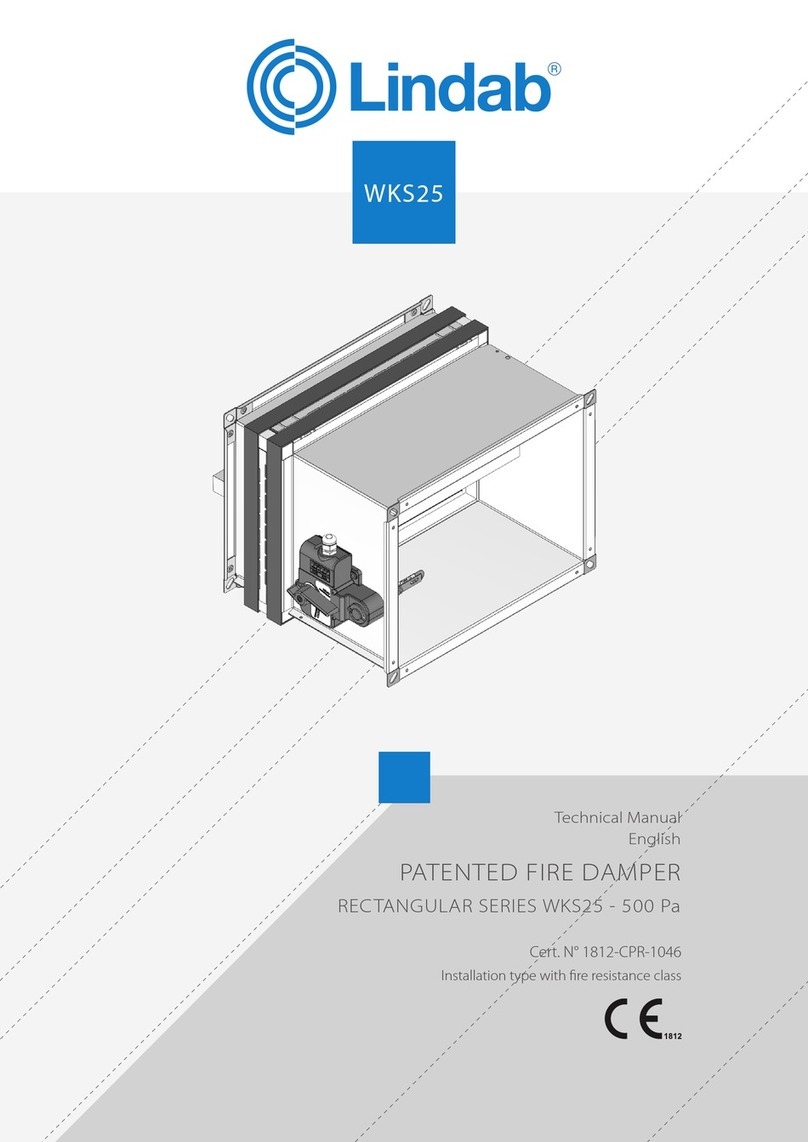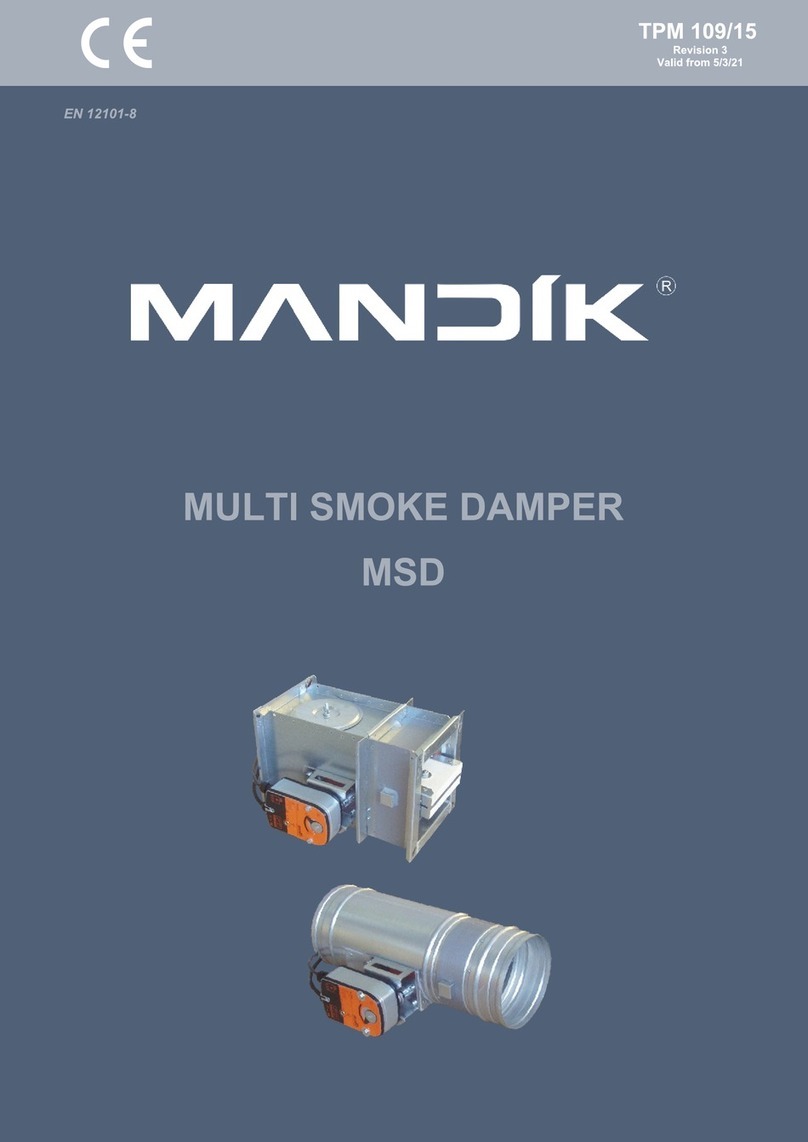
Page 5of 30
1.1 SAFETY INSTRUCTIONS
Before installing and using the Smoke Screen read, follow and retain this manual and safety
instructions for future reference.
To reduce the risk of severe injury or death to persons, or damage to the Smoke Screen:
•Do not work on the Smoke Screen unless qualified by the manufacturer to do so.
•Disconnect the mains power supply before working in the heater block compartment or
anywhere that mains voltage is indicated by the warning labels shown below.
•Install in accordance with the instructions in this manual.
•Operate the Smoke Screen only from the type of power source indicated on the label.
•Do not modify the Smoke Screen.
•Adjust only those controls specified in this manual.
•Use only consumables and replacement parts specified by the manufacturer.
•Do not spill liquid of any type on, or inside, the Smoke Screen.
The following signs, or a variation, may be used for safety notices in this manual or on the Smoke
Screen:
This type of warning note is
used to indicate possible
electrical shock hazards that
may cause serious injuries
or death.
This type of warning note is
used to indicate the
possibility of injury caused by
hazards other than electrical
shock.
1.2 HOW DOES YOUR SMOKE SCREEN WORK?
Your Smoke Screen passes a non-toxic fluid through an efficient heat exchanger to create smoke,
or more accurately a thermally generated fog, that obscures visibility, discouraging intruders from
entering your premises.
This fog is very persistent and will stay suspended in the room for a significant length of time until it
is vented by opening the doors and windows.
The Smoke Screen uses a sophisticated electronic control system to ensure it heats up to, and
maintains, its ideal operating temperature using a minimal amount of electricity.
This control system similarly provides a flexible interface with intruder detectors, alarm systems
and remote monitoring centres to ensure that you are always protected and free of inadvertent
activations.
